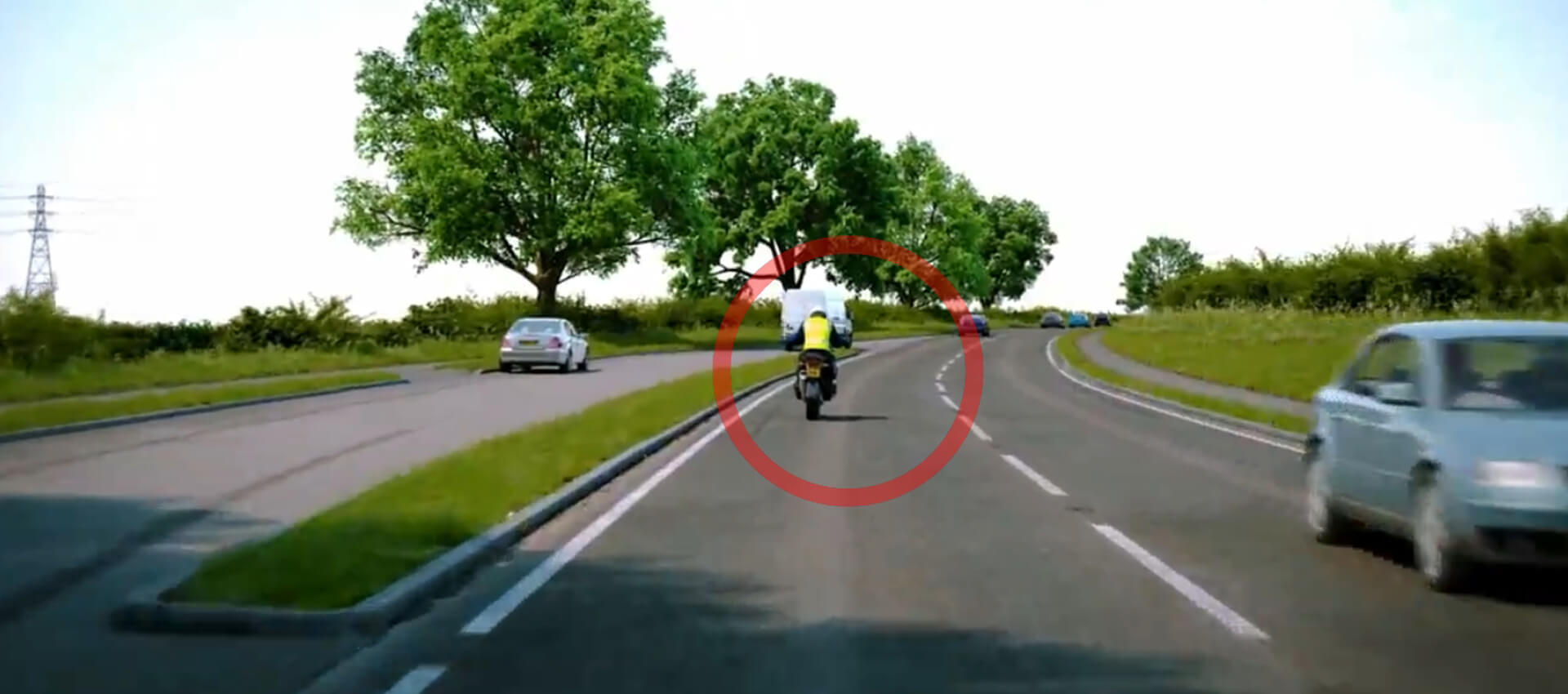What Is A Hazard? Hazard Perception Test Help
What is a hazard in relation to the Hazard Perception Test?
A hazard is described as anything that may cause a driver to change speed, direction, stop, or even cause harm.
Hazards are normally grouped into categories such as:
• Other road users (e.g. pedestrians, drivers, cyclists, horses)
• Environmental (e.g. weather, road surfaces)
• Physical (e.g. bends, roundabouts, junctions).
Hazards do not operate as isolated entities and when several combine there is a real potential of risk.
It is important therefore to recognise hazards in order to give yourself plenty of time to react. Try to anticipate and prioritise the hazards, in turn, positioning for safety.
What is a hazard as part of the Practical Driving Test?
During your test, the examiner will expect you to use the OSM/PSL routine when approaching hazards.
Observation: Check your mirrors and where appropriate using a rear head check to gauge the distance and position of traffic behind you.
Signal: If changing direction or slowing down give a clear and well-timed indication.
Manoeuvre: This is the process that requires a change in the speed or direction of which the following phases should be used in order: position, speed and then look.
What is a hazard in the Hazard Perception Test?
You will encounter hundreds of hazards in your everyday driving such as roundabouts, junctions, and traffic lights. These are known as static hazards.
However, static hazards are not what you will be scored on in your Hazard Perception Test, but rather your ability to spot developing hazards.
So what is a developing hazard?
A developing hazard can be anything from a pedestrian stepping out into the road, a child running between parked cars, or a car exiting a driveway.
As part of improving your Hazard Perception skills, it’s essential that you learn to look out for the early warning signs of a developing hazard.
You must also be able to understand how different situations can potentially develop into a more serious hazard.
A good example of this is; you see a ball roll out across the road ahead of you which could potentially be closely followed by a young child. The sooner you learn to spot a developing hazard, the quicker you can react and avoid unnecessary action that could potentially cause a serious collision.
For more information about knowing different sorts of road hazards, read our Understanding the different types of road hazards blog.
How to ace your Hazard Perception Test revision
If you’re preparing for your Theory Test and need to master the Hazard Perception part, our award-winning Driving Theory Test 4 in 1 App contains 85 fully interactive clips (including the licensed 34 DVSA CGI clips with cheat detection software), in addition to everything you could ever need to pass the complete 2020 Theory Test.
Download for iOS or Android.

